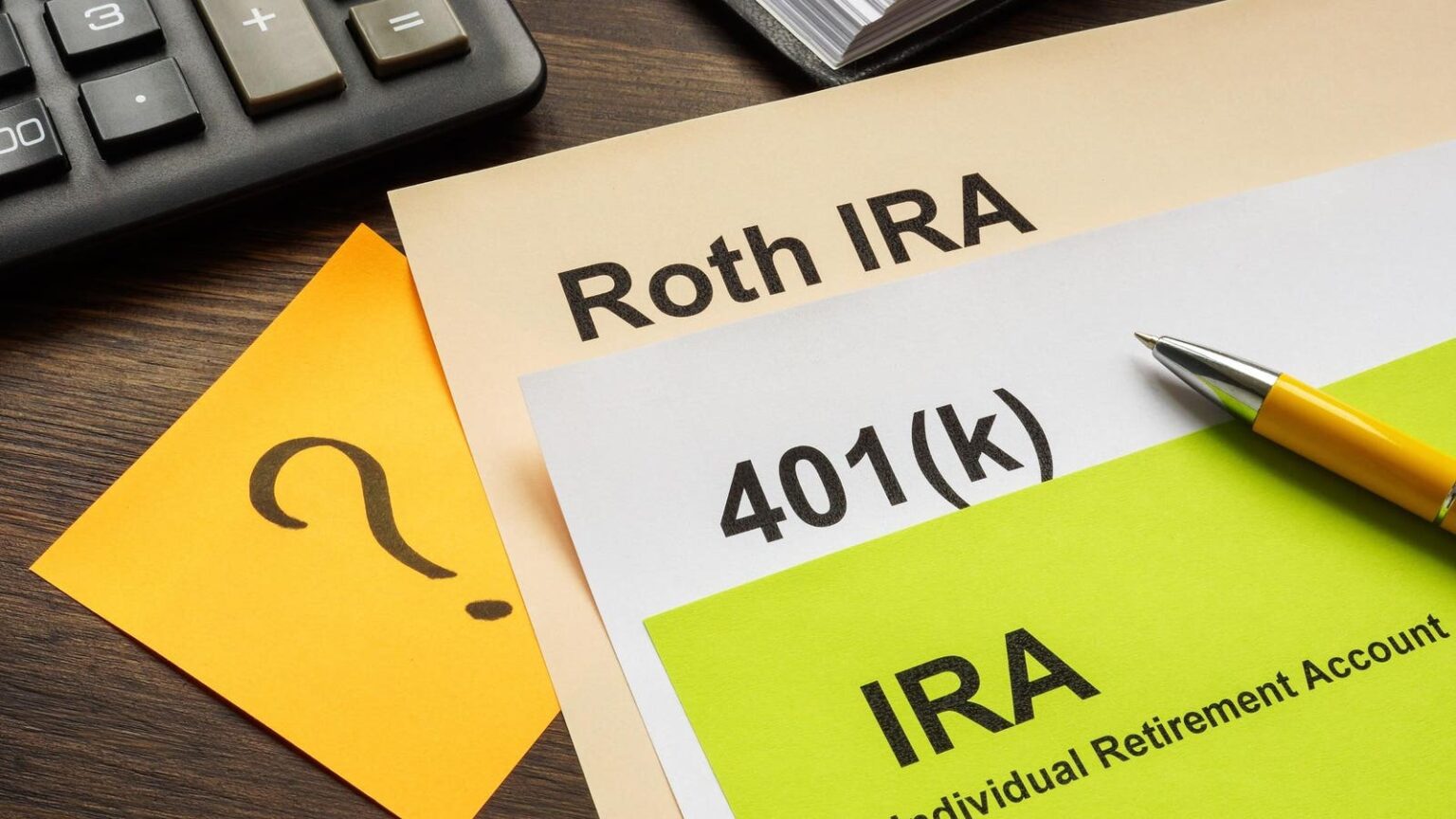Saving for retirement is a crucial aspect of financial planning, and understanding contribution limits can significantly enhance your tax savings. Regardless of whether you belong to the Baby Boomer, Gen X, or Millennial generations, familiarizing yourself with the rules surrounding retirement accounts, such as 401(k)s and IRAs, is essential for optimizing your savings. In 2024, there are specific limits and regulations for employer-sponsored plans and individual retirement accounts that can help you maximize your contributions and reduce your tax burden. This article aims to elucidate these key features and provide practical advice to help you navigate the intricacies of retirement savings.
For 2024, the standard contribution limit for 401(k), 403(b), and 457 plans is set at $23,000, with a catch-up contribution option of an additional $7,500 for individuals aged 50 and over, raising their total possible contributions to $30,500. The same limits apply to Roth 401(k), Roth 403(b), and Roth 457 plans as well. For those participating in an employer-sponsored plan, it’s important to note that any matching contributions made by the employer are considered pre-tax contributions. Regular paycheck deductions facilitate contributions to these plans, meaning that any adjustments to increase savings must be specified through your payroll system. It’s vital to make these contributions by the end of the tax year to ensure they count toward your 2024 limit.
Individual retirement accounts, or IRAs, are another pivotal avenue for tax-advantaged savings. The contribution limit for both traditional IRAs and Roth IRAs is $7,000 for individuals under 50, while those 50 and over can contribute up to $8,000. However, eligibility for deductible contributions in a Traditional IRA can be affected by other plan enrollments. The Modified Adjusted Gross Income (MAGI) thresholds dictate the deductibility of contributions and eligibility for Roth IRAs. For example, single filers with a MAGI between $77,000 and $87,000 can see limits on their traditional IRA deductions, while Roth IRA contributions phase out for single filers at a MAGI between $146,000 and $161,000. Understanding these limits and deadlines is crucial for effective retirement planning.
A common pitfall in retirement planning is neglecting to track contribution limits across multiple accounts. For instance, if an individual is contributing to both an employer-sponsored 401(k) and a Solo 401(k), the total contribution limits apply across all plans. Thus, a person cannot exceed the maximum contribution limit set for employee contributions. However, if your income remains below certain thresholds, you may still have the opportunity to contribute to an IRA or Roth IRA, potentially maximizing your retirement savings despite the limitations of 401(k) accounts. Furthermore, it’s crucial to monitor MAGI limits consistently, as they can restrict eligibility for Roth contributions and influence traditional IRA deductibility.
Another aspect often overlooked by couples is the potential for spousal IRAs. Even if one spouse is not earning income, they can still contribute to an IRA, leveraging the working spouse’s income for contributions. This is especially beneficial for spouses who may be stay-at-home parents or are temporarily out of the workforce. Contributions must still adhere to the same guidelines and contribution limits as they would for an actively earning spouse. This provision is an excellent opportunity to accumulate additional retirement savings, even when faced with lower household income.
In conclusion, making pre-tax contributions into 401(k) and IRA accounts can yield current-year tax savings while opening potential future tax liabilities and Medicare surcharges. By planning strategically and leveraging workplace retirement plans alongside individual IRA contributions, individuals can make significant strides in growing their retirement savings. For those over the age of 50, the combined potential savings can be substantial—$30,500 in employer-sponsored plans and an additional $8,000 through IRAs. Now is the time to take advantage of the rules and regulations governing these accounts to ensure a more secure financial future in retirement.

